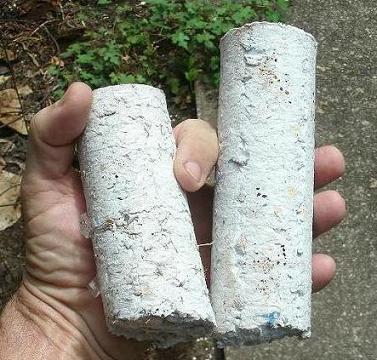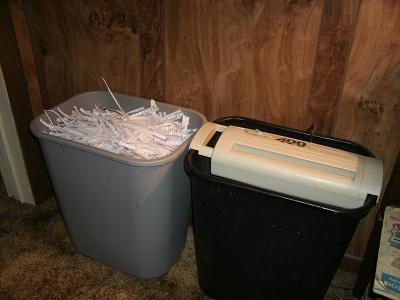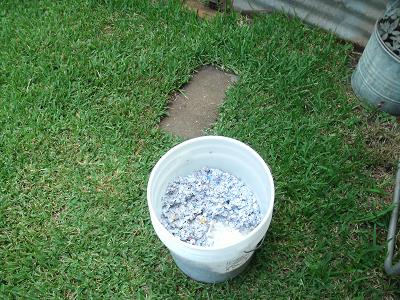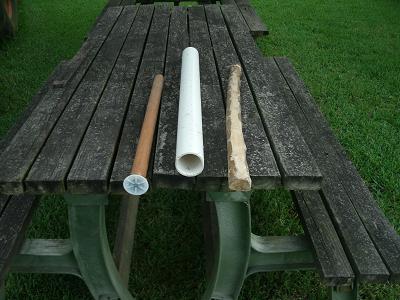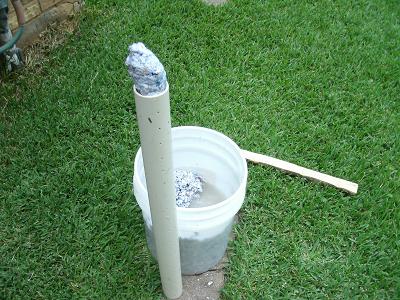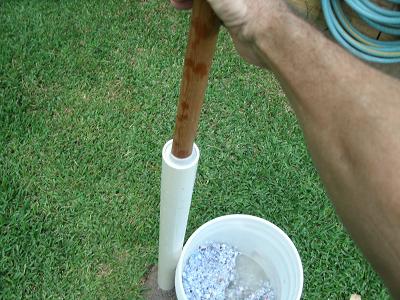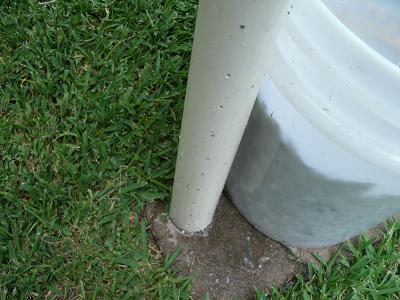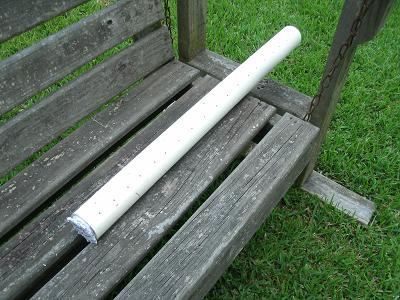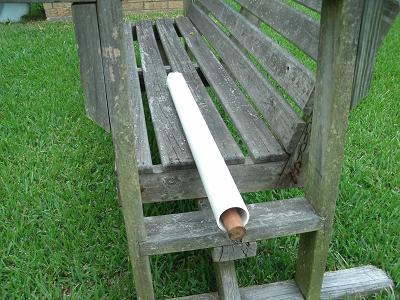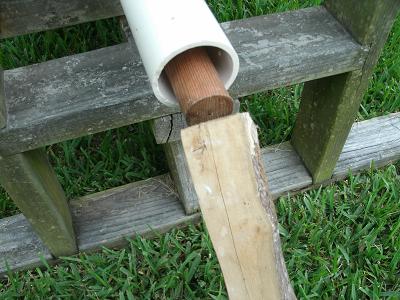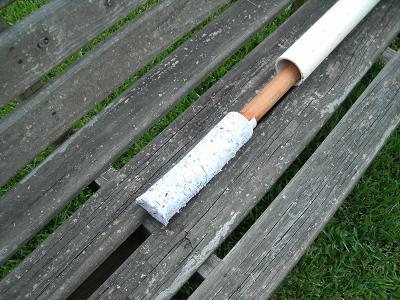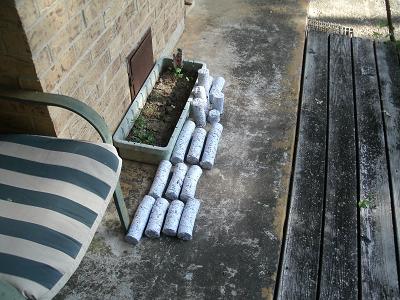Easy-to-Make: Paper Mache Briquettes
on Friday, September, 25 2015 10:42:00 am , 1032 words
Categories: Uncategorized , 185089 views
Now that autumn is finally here, cold weather will soon be upon us and likewise the need for materials to fuel the various means to stay warm. In some locales, depending mostly upon really low temperatures and their duration, the cost of heating fuels can be a real budget wrecker. So why not diminish that problem and reduce and reuse materials that we often have to pay to be rid of, such as waste paper, wood wastes, and leaves?
There are many interesting videos that have been posted onto YouTube featuring the manufacture of bio-briquettes (biomass), homemade and otherwise. Some of these videos feature a small device that makes briquettes in brick shape from paper mache, whereas others for utilizing similar components make round, tube- or pipe-formed, briquettes. Especially for making these round briquettes, a number of homemade presses are demonstrated on YouTube. These devices range from very simple to rather tedious and complex.
After viewing many such videos, I decided to experiment with paper mache briquettes, making them and using them to see how long they burn and how much heat they produce. Shown here is the very simple way I came up with (which does not require breakdown of the device for removal of the briquette after compressing each one---a tedious and rather discouraging factor I observed in many of the demonstrations I'd watched).
Following are pictures of the simple method and materials I devised in order to quickly make biomass briquettes. One can mix with the paper mache other cellulosic materials used in making fuel briquettes: straw, sawdust, and dried shredded leaves. (Generally, sawdust is mixed with paper at the rate of one part sawdust to three parts paper. You will need to experiment with proportions in order to find the mixture that best works for you.)
Biomass briquettes are often touted as an environmentally-friendly green solution ideal for resource-strapped developing nations where wood scraps, twigs, leaves, and grass are readily available for use as briquette fuel for cooking and heating. There, too, paper is in abundance for fuel recycling. Yet developed nations have a resource with which developing ones cannot compete: junk mail! Many of us now have paper shredders so that we are not throwing out identity-sensitive information and thus risking identity-theft. (I do caution, however, that you remove plastic address panes from envelopes should you decide to utilize envelopes for paper mache. The plastic interferes with good-forming of the briquettes, plus burning plastic pollutes. Also, when shredding junk mail, be sure that you remove staples which can really wreck a good expensive paper shredder! Likewise, in order to save wear and tear on the shredder, I do not shred large amounts of paper at a time, just as junk mail avails itself.) Newspapers can be used just as well as junk mail. When making these briquettes at one time, I use about half the shredded paper in one of these baskets, placed into a 5-gallon bucket, and then I put enough water to cover the paper. The paper in one of these baskets will make you about 15 to 18 briquette logs. (My last batch from these baskets made 34 logs.)
(Above) Half of one of the aforementioned baskets of shredded paper in a five-gallon bucket. Do not leave the paper in strips when you make the briquettes. Allow the paper a day or two to soak and soften. Before using, mix the paper, stirring well before molding into briquettes. (Not mixing well or leaving the paper in strips will cause gaps in the compressed log that will allow the logs to break apart.)
Stepping stones, surrounded by grass make a good place to compact the briquettes.
The "set of tools." (Yep that's a closet, clothes-hanger rod! The hanger flange acts as a plunger to push down and compact the paper. The pipe is 2-inch pvc, drilled with holes the entire length to drain the water. Make these holes small enough that the paper doesn't try coming out the side-holes of the pipe. The pipe was arbitrarily 29-inches long. Twenty-five inches would be more convenient in allowing the plunger to push the log on out once compressed. As it is, I made the rod shorter, so I have to use another stick in order to be able to push the briquette and the rod on through.)
Ready to make! Using your hands, mix the paper thoroughly to be sure there are no drier areas in the mass.
Grab a handful of the wet paper (while holding up the pipe with the other hand) and place it to fit into the pipe. (Do not squeeze out too much water before placing the paper wad into the pipe, since doing so can leave gaps in the log---the idea is to get the needed amount, three or four hands full, into the pipe to be compressed to coalesce as one unit.)
Gently tap down each hand full until it drops on down to the stepping stone (or whatever base you are using). Once you have enough for the size briquette you want, add steady pressure, and then body weight, to let the water seep on out the side drain-holes.
(In other words, squeeze!)
Ready to remove the log. Notice that the briquette is expanding out the end, most of the moisture having been drained out.
There's not much of the rod protruding, but I can kneel at the end of this glider and use my hip bone at this point to shove the compressed mass part of the way out. To do this, you will need to have dry hands and a dry pipe. A small block of wood over the rod end will help give you some backing.
Another stick with which to push. Be sure you have dry hands to hang on to the pipe.
The ejected briquette. (Ta dahhhh!)
The entire "production line"!
Ready to be placed aside to dry. In direct sunlight on a hot summer day, the briquette will be completely dried in three days.
Seventeen logs finishing up drying on the back porch and deck. Most of these (that is, each of the larger ones) will burn in a wood- or cook-stove for about an hour.
